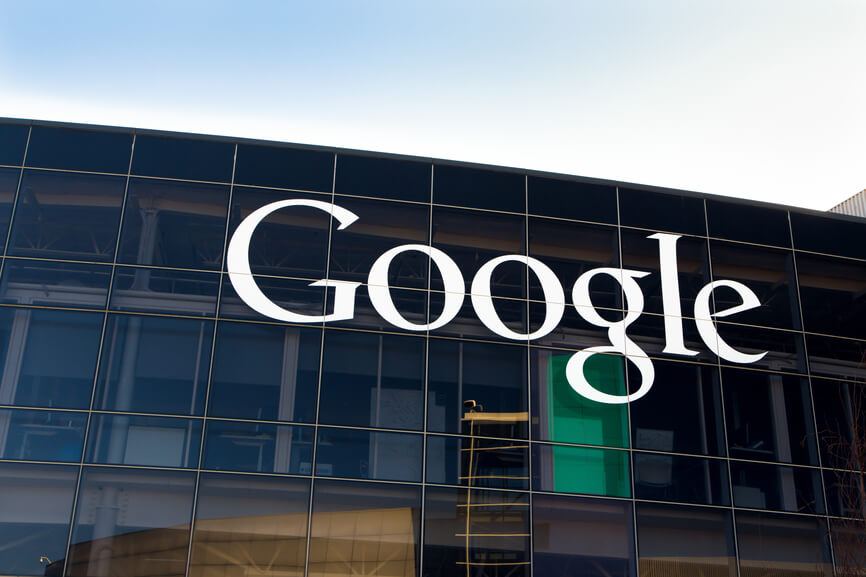
Google is maddeningly stringent when it comes to keeping their search engine optimization (SEO) algorithm details on the down low. However, sometimes they’re a little chattier than usual. Recently, Google’s Pierre Far—Google Webmaster Trends Analyst—let some insider info slip to Search Engine Land and now you can reap all the benefits. There are indeed ways to “win” at SEO, and it’s all about playing by the rules.
But that can be tough when you don’t know what the rules are.
Obviously “your” SEO best practices might be radically different from a website owner who’s in a totally different industry with entirely different goals. Far is quick to point that out, and yet a lot of recurring themes keep popping up no matter what type of website you have. It’s those kind of best practices that will help you catapult from “not totally losing at SEO” to being a pretty commendable player.
Find Yourself
This isn’t a mantra from that yoga class you skipped out on in favor of happy hour. Simply “being findable” is Far’s number one tip. However, there are many ways to make this happen. Start with making sure your schema markup is impressive. It’s not a ranking factor itself, but it’s crucial for other ranking factors to be their best—especially when it comes to the crawl-ability of a website. It’s what makes content simpler for Google and other search engines to index, ultimately getting you more exposure.
Next, make the most of those Atom/RSS feeds and XML sitemaps. These are both kind of like schema markups, but feed directly into search crawling algorithms. According to Alkis Evlogimenos, Google Feeds Team member, if you add the URL or a page you radically changed (or a brand new one) in addition to the time of the change/update, that’s your best bet. PubSubHubbub can help with this.
Finally, consider the big picture that’s beyond just websites. Maile Ohye, Google Developer Programs Tech Lead, says that local SEO is more than a website. Consider social media, local directory listings, networking websites, and reviews, too. You need to be findable on mobile devices, so check out Google’s Mobile Usability Features guide to stay up to date.
Get Used
Not in that way (unless that’s what you’re into). You need to first be found, and then be used when it comes to SEO. This means ponying up the right information that’s consistent and complete on all possible channels. Focus on taking a NAP: Name, Address, and Phone number at the very least. This information needs to be consistent for both search engines and customers—they’re equally important.
Far says NAP can be showcased regularly on places like websites and local business pages, and also within schema markups (where the country code and proper phone number formatting is key). When thinking from a customer’s perspective, remember that they want to make sure you’re credible and can be trusted. To do this, make sure everything from Facebook to review sites has the same, correct information.
So what does Google really want from your SEO efforts? A seamless customer journey that makes it easy for crawlers to get the right information, making it possible to link your website to people who are querying your keywords. SEO is supposed to benefit you and customers, so stop thinking of it as the enemy.
